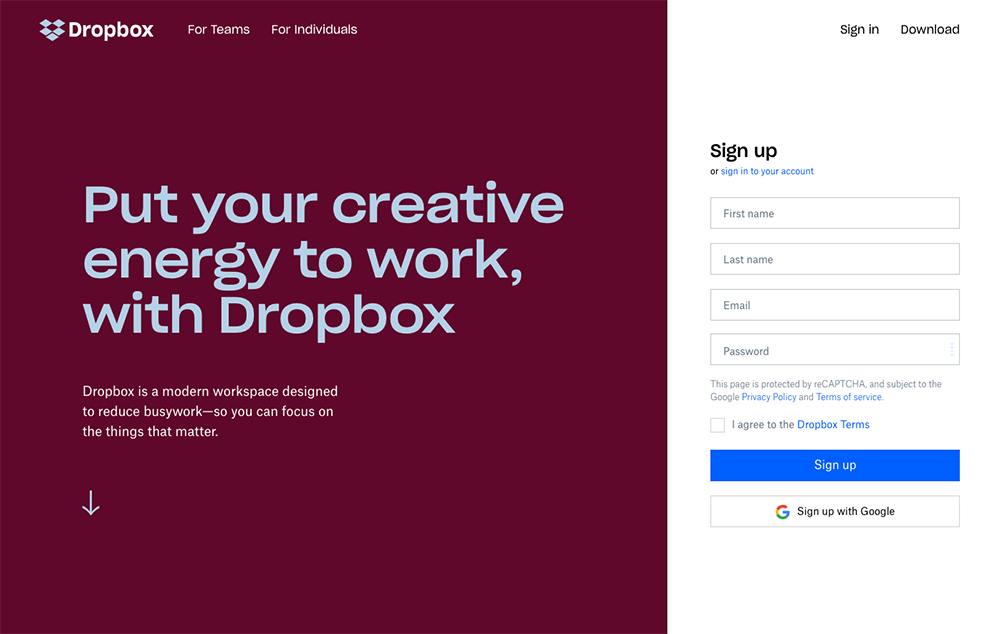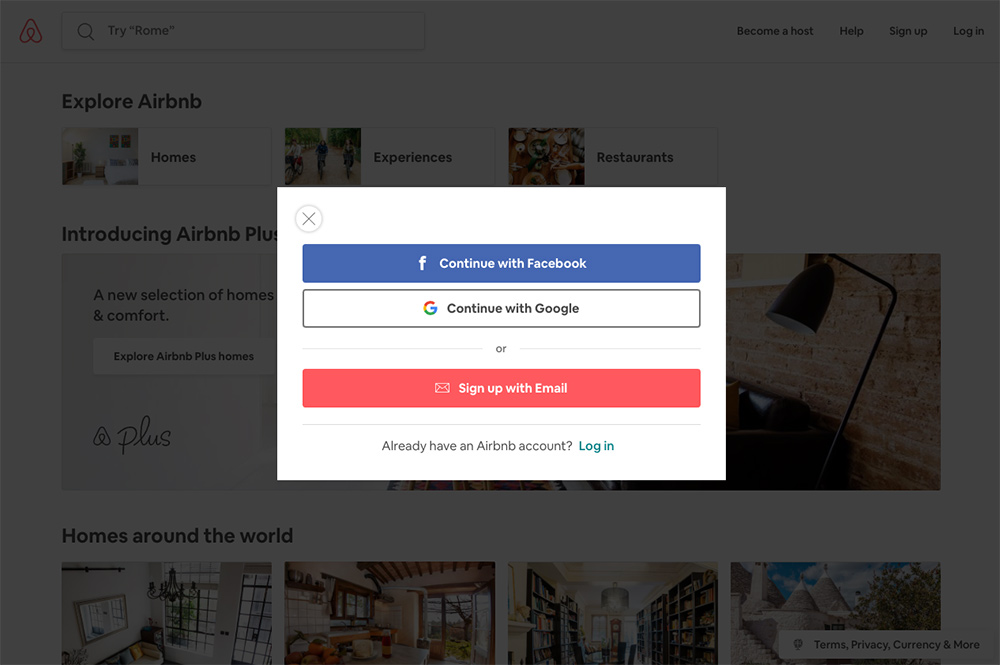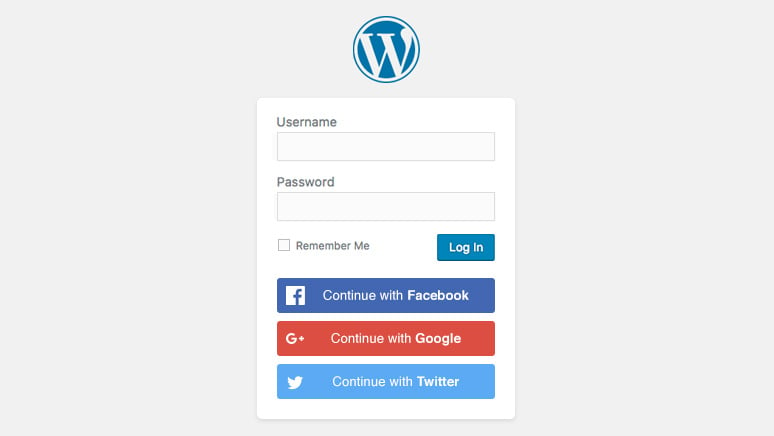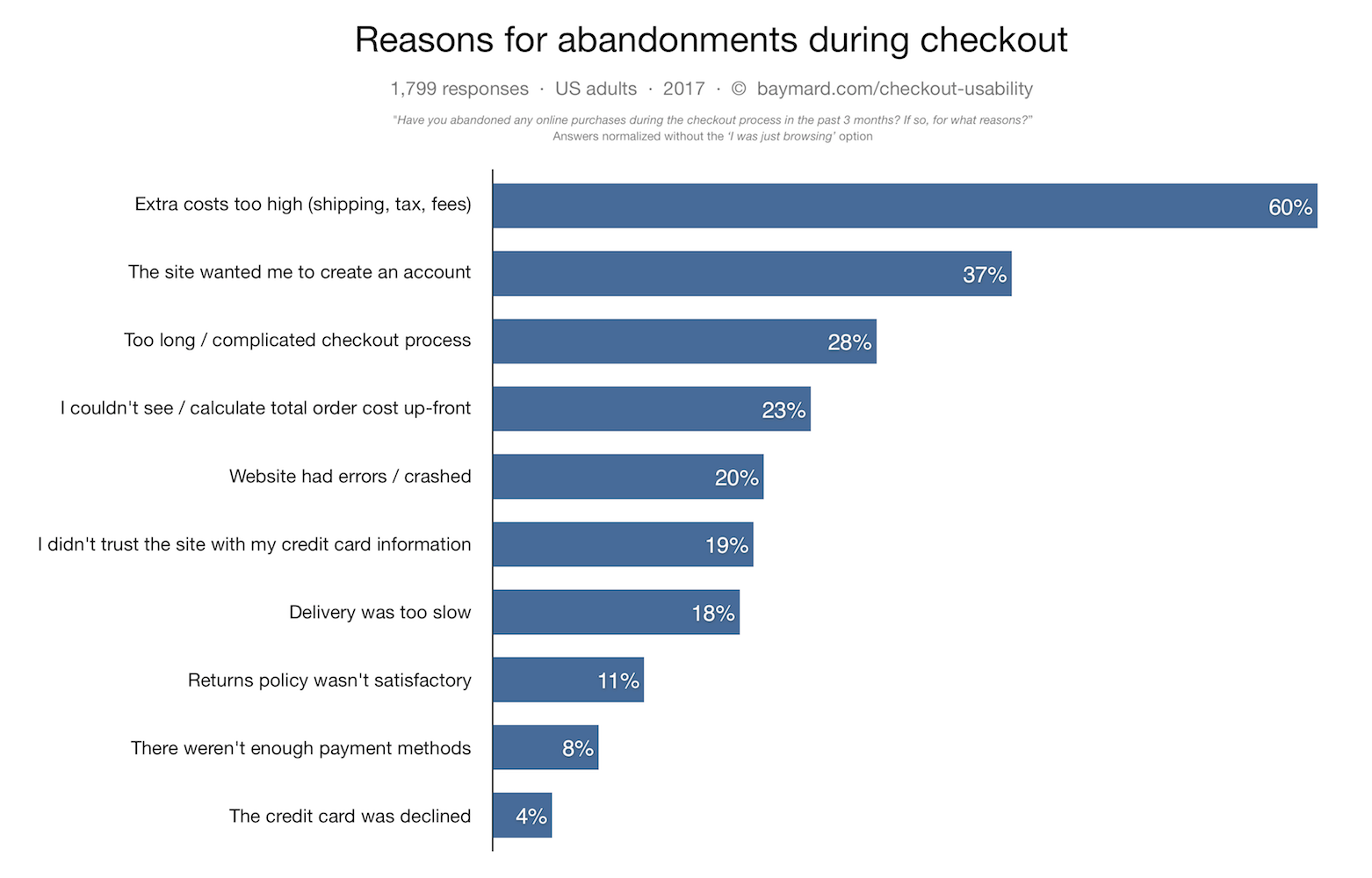Password fatigue. It’s a thing. And if the recent GDPR overload in my inbox taught me anything, it’s that I’ve created a ridiculous number of accounts with different websites over the years, and I don’t remember even a quarter of the passwords for those accounts. Fortunately, you can save users like me from password fatigue, help them login faster and push customers through your checkout faster while at the same time reducing cart abandonment, all with one tool: WordPress social login, aka social sign-on.
WordPress social login allows users to register and log in to a website using their existing information from social accounts, such as Twitter, Facebook and Google+. It’s great for a couple of reasons: it streamlines the registration and login process for users and it lets site owners gather more accurate data about users, including verified email address, their location, gender and more.
In this post, we’ll explore 6 reasons why you should add WordPress social login to your site, along with popular tools that make it a cinch to implement.
3 Out of 4 people want social login
If it was up to users, social login would be the norm across the web. According to a Janrain Social Identity study, 77% of people think websites should offer social login instead of requiring users to create a new account.
Paul Abel, a Managing Partner at Blue Research, the company that carried out the study, says the research shows social login continues to dramatically increase in favor among consumers as they realize the benefits of using an existing identity in order to bypass the traditional registration process.
“Failing to offer social login is a missed opportunity for businesses to improve ROI of online properties, as fans of the service are more likely to register on the site, influence their friends through social networks and more likely to return to a site that offers them a personalized experience,” Abel says.
Here are more learnings from the Blue Research study:
86% of people don’t like creating new accounts
Four of five people are “bothered” by the need to create new accounts when registering on a website and will change their behavior as a result, according to the Blue Research findings.
The fact is, people hate filling in time-wasting forms. And people are so resistant toward the traditional registration process that:
- 54% may leave the site or not return
- 26% will go to a different site, if possible
- 6% leave/avoid the site
Only 14% of users will actually complete the registration process. That’s an incredible number of people who will abandon a site simply because they don’t want to create a new account.
When you break it down, for every one person who successfully completes registration on your site, four people will become irritated to the point of closing the browser tab or even checking out your competitor.
With WordPress social login enabled on your site, you can capture these registration-hating users. Account creation with social login takes just one click – no forms or spending time entering personal information. You can provide a much faster registration process that is more streamlined than the manual registration process.
Plus, it’s worth mentioning Millennials here: users who’ve grown up with the web and are familiar with social login have come to expect it because so many big brands now offer it. They know that sites can provide it and feel like their time is being wasted when it’s not available.
Take Dropbox, for example. The file hosting service is known for its minimalist design and its registration process is no exception. New users can choose to sign up with their Google account.

Likewise, Airbnb also allows users to sign up with their Facebook or Google account or, alternatively, with their email.

Social login makes users’ lives easier. It speeds up and simplifies the login process, providing a more enjoyable user experience and ensuring users spend more time browsing your site instead of filling in forms.
88% of people register fake information
Fake news might be a relatively new concept, but not so for fake registration information: 88% of people admit to having given incorrect information or left forms incomplete when creating a new account on a website, up from 76% in 2010.
There are a lot of reasons why users don’t fill out forms properly, including:
- Fear of getting spammed,
- Feeling insecure about how their information will be used, and
- Thinking it’s too much work to fill out a form compared to the value gained.
With more and more users concerned about their privacy, it’s no surprise they would avoid sharing their personal details whenever possible. But this presents a problem for site owners: how are you supposed to learn about your user base if their information they’ve given you is dirty?
Fortunately, with WordPress social login enabled on your account, the information you’re able to gather about your users has already been verified by popular social platforms. And it’s all quality data – gender, age, location, interests, and more – all details you can feel reassured are correct.
Armed with this error-free information, you can create more accurate user personas for your site and business, and ensure your products or services better match what your users want to help drive increased engagement.

90% of people leave websites when they forget passwords
Have you ever left a website because you forgot your password? Just the other day, I gave up trying to use Skype because I couldn’t remember my password and instead used Google Hangouts for a call.
I’m not alone. Nine in 10 people will leave a website if they have forgotten their password or log-in credentials instead of answering the security questions or resetting their password. It’s an alarming statistic on its own, but even more so when you take into account that the figure is up from 45% in 2010.
The takeaway? If a user can’t remember his or her password for your site, don’t expect them to stick around because they won’t think twice about giving up and going elsewhere.
Earlier, I mentioned password fatigue. If you haven’t come across this very serious online affliction, according to Wikipedia:
“Password fatigue is the feeling experienced by many people who are required to remember an excessive number of passwords as part of their daily routine, such as to login to a computer at work, undo a bicycle lock or conduct banking from an automated teller machine (ATM). The concept is also known as password chaos or more broadly as identity chaos.”
The average internet user in the U.S. has around 130 different password-protected accounts. We’re told never to reuse passwords, but for many people, this battle was lost 120 passwords ago. I mean, who can actually remember 130 passwords? The fact is, it’s become easy to rationalize unsafe password behavior.
With WordPress social login enabled for your site, you can help your users cope with password overwhelm, ensuring your site doesn’t add to their password fatigue. At the same time, you can help reduce failed login attempts and password resets because they’ll become non-existent if users don’t have to remember login credentials for your site.
37% of people abandon checkout when forced to create an account
Have you ever window-shopped online for something you only kind of wanted, like new headphones or a useful SaaS subscription, and suddenly found you’d bought it? Maybe it was because you decided, “YOLO, treat yo’self!” Or maybe it was because you added the item to your cart and a couple of clicks later you fell out the other side of the checkout process.
There’s a reason why Amazon encourages users to use their 1-click checkout – the faster and easier the checkout process, the faster customers will complete it, and the less time they have to reconsider their purchase and abandon their cart.
For the most part, cart abandonment is just a natural and unavoidable consequence of how users shop online – they window-shop, compare prices, save items for later, etc. These customers make up 58.6% of online shoppers.
Interestingly, when you segment out these shoppers and look at the remaining 41.4%, the top three reasons for cart abandonment, according to Baymard Institute research, are:
- 60% think extra costs are too high (shipping, tax, fees etc)
- 37% don’t like creating new accounts
- 28% think the checkout process is too long or complicated

In other words, 1 in 3 people have abandoned a cart because they don’t want to register a new account, and 1 in 4 shoppers didn’t complete checkout because they took one look at the checkout process, thought it would take too long or would be too hard to fill out, and gave up.
While it’s harder to convince the 58.6% of online shoppers who are simply not ready to buy, a lot of the issues preventing the other 41.4% can be easily resolved by adding WordPress social login to the checkout process.
With social login available as an option during checkout, you can reduce the registration process to just one click, saving customers from having to create a new account in order to check out. Likewise, you can also make a huge reduction in the number of form fields to fill in by allowing social login. Not only will WordPress social login speed up the checkout process, but it will simplify it, making it less complicated and easier to complete.
Adding social login to your WordPress site
If you’ve decided to add social login to your WordPress site, you’ll need to decide which social platforms you want to align your brand with.
While Facebook has been overwhelmingly the most popular identity provider, the social giant has been forced to defend its use of user information in recent months, making it a less popular option for users.
The important thing is to offer choices: give your user 2 or 3 options for WordPress social login. This way, they can decide which social platform they feel most comfortable with sharing their personal information.
According to 2017 Janrain research, 50% of users prefer to login with Facebook. What this figure will be in 2018 given Facebook’s widely publicized privacy issues is hard to determine without updated findings.
Whatever you do, use the data you collect wisely and only collect what you need. Make it clear to your users in your website’s privacy statement exactly what data you collect. Under the EU General Data Protection Regulation (GDPR), you also must make your data available for users who want to see what information you have about them and delete it upon request.
Now, with all that said, don’t forget 3 out of 4 people actually want social login and believe websites should offer it. So let’s take a look at tools to help you add it to your WordPress site.
1. Nextend Social Login

The social login plugin I’ve had the most extensive experience using is Nextend Social Login. With this useful and free tool, you can add one-click account creation and login to your site via Facebook, Google, and Twitter. You can also enable existing users to connect their social accounts to your site and allow profile photos from social platforms.
Nextend Social Login is simple to implement – just install and activate the plugin and follow the instructions. You’ll be required to create developer apps for each of the social platforms you enable for your site, but this should only take you 5 minutes tops.
There’s also a pro version of this plugin that lets you add WordPress social login to WooCommerce for faster checkout and decreased cart abandonment, and also adds LinkedIn as another social login option.
2. WordPress Social Login

WordPress Social Login is another popular and free option that lets your users log in using their existing social accounts. With this plugin, users can login via a huge range of social accounts, including Facebook, Google, Twitter, Windows Live, Yahoo!, LinkedIn, Reddit, Disqus, Tumblr, Stack Overflow, GitHub, Dribbble, Instagram, 500px, Foursquare, Steam, Twitch.tv, Mixi, Vkontakte, Mail.ru, Yandex, Odnoklassniki, Goodreads, Skyrock, Last.fm, AOL, and PixelPin.
This plugin is compatible with BuddyPress and bbPress, which is great if you want to provide WordPress social login to your community members. The only drawback is that it doesn’t integrate with WooCommerce.
You can learn more about this plugin here.
3. Social Login

With this simple, aptly-named social login plugin, you can provide 30+ social networks for your users to register, login, and comment with, including all the popular ones, such as Facebook and Twitter.
What’s more, it’s fully compliant with the EU GDPR and U.S. data protection laws. The developers also release frequent updates, paying close attention to social network API updates and pushing changes to the plugin so you can be confident your site has seamless integration with your chosen social networks.
4. Super Socializer

Super Socializer certainly is super. It provides WordPress social login via 10 social networks, including Facebook, Google, Linkedin, Twitter, Vkontakte, Instagram, Xing, Steam, Twitch and even LiveJournal. It’s also compatible with WooCommerce, so you can enable social login at checkout, and sync user profiles between their social network accounts and WooCommerce.
On top of that, it’s fully compatible with BuddyPress and bbPress, and is GDPR compliant.
Conclusion
Social login provides benefits for both you AND your customers – here’s how to install it on your WordPress site
Click To Tweet
The research speaks volumes. To recap:
- 77% of people think websites should offer social login instead of requiring users to creating a new account
- 86% people are “bothered” by the need to create new accounts when registering on a website and will change their behavior as a result
- 88% of people admit to having given incorrect information or left forms incomplete when creating a new account on a website
- 90% of people will leave a website if they have forgotten their password or log-in credentials instead of answering the security questions or resetting their password
- 37% of people abandon checkout when forced to create a new account
With the WordPress social login tools above, you can easily implement social login on your site and immediately start reaping the benefits.
Do you use social login on your website? Do you have any questions about implementing social login on your WordPress site? Leave your questions in the comments below!
The post How WordPress Social Login Encourages Sign Ups on Your Site appeared first on Revive Social.